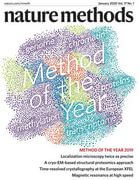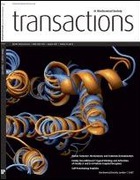 | Content-aware image restoration: pushing the limits of fluorescence microscopy Martin Weigert, Uwe Schmidt, Tobias Boothe, Andreas Müller, Alexandr Dibrov, Akanksha Jain, Benjamin Wilhelm, Deborah Schmidt, Coleman Broaddus, *Siân Culley*, Mauricio Rocha-Martins, Fabián Segovia-Miranda, Caren Norden, *Ricardo Henriques*, Marino Zerial, Michele Solimena, Jochen Rink, Pavel Tomancak, Loic Royer, Florian Jug, Eugene W Myers Published in Nature methods, December 2018 (see publication) Research themes: New Methods, Software Type: Paper |
CARE
Fluorescence microscopy is a key driver of discoveries in the life sciences, with observable phenomena being limited by the optics of the microscope, the chemistry of the fluorophores, and the maximum photon exposure tolerated by the sample. These limits necessitate trade-offs between imaging speed, spatial resolution, light exposure, and imaging depth. In this work we show how content-aware image restoration based on deep learning extends the range of biological phenomena observable by microscopy. We demonstrate on eight concrete examples how microscopy images can be restored even if 60-fold fewer photons are used during acquisition, how near isotropic resolution can be achieved with up to tenfold under-sampling along the axial direction, and how tubular and granular structures smaller than the diffraction limit can be resolved at 20-times-higher frame rates compared to state-of-the-art methods. All developed image restoration methods are freely available as open source software in Python, FIJI, and KNIME.
🔗Source-Code Repository
Main publication:
Other publications using resource:
 | Artificial intelligence for microscopy: what you should know *Lucas von Chamier*, *Romain F Laine*, *Ricardo Henriques* Published in Biochemical Society Transactions, August 2019 (see publication) Research themes: New Methods, Software Type: Review, Corresponding author |
